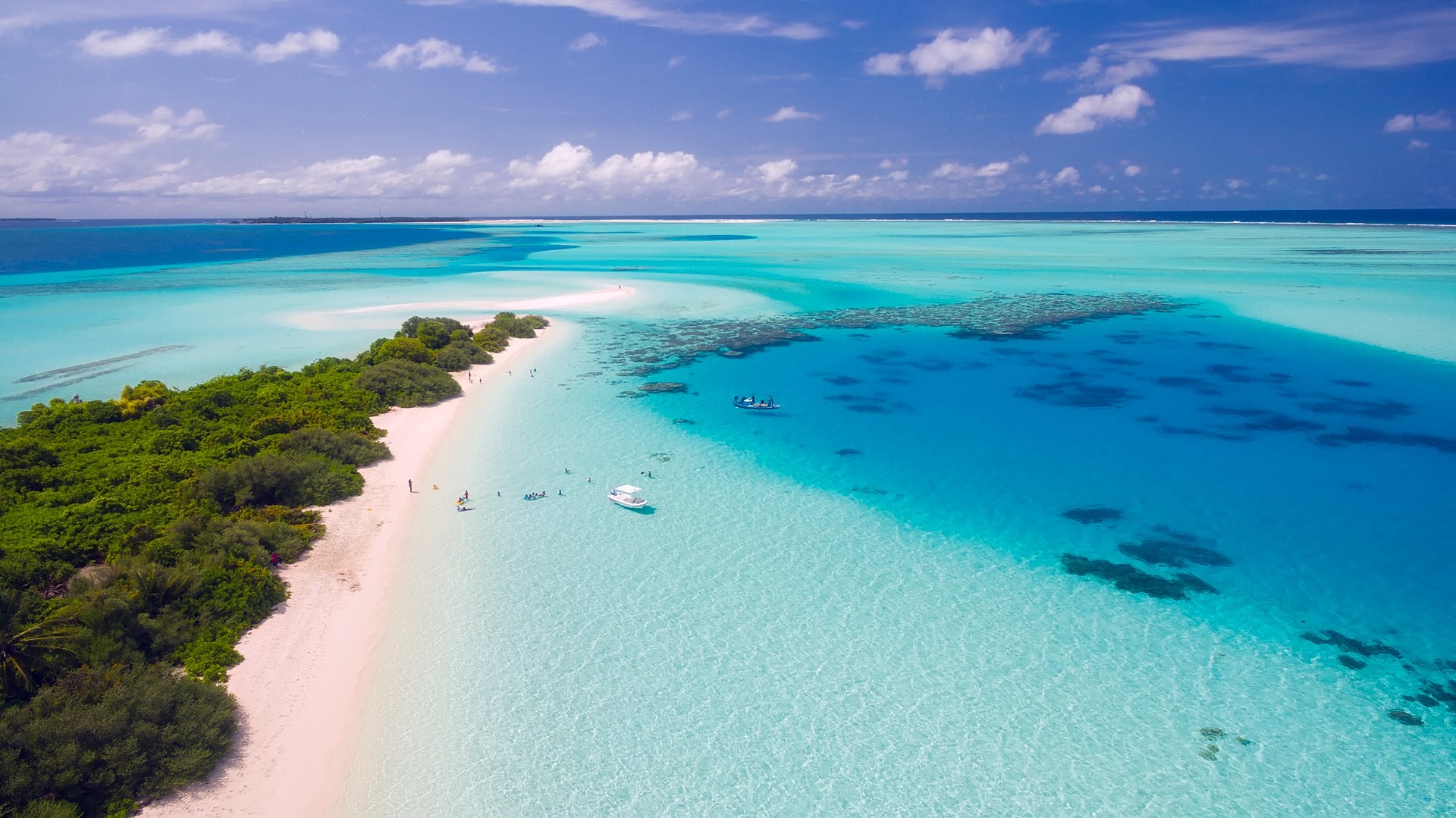Astro-Tourism: Stargazing Adventures Redefining Night-Time Travel
Imagine a journey where the destination is not a place, but a celestial spectacle. Astro-tourism, an emerging trend in the travel industry, is captivating adventurers and astronomers alike. This cosmic pursuit combines the thrill of exploration with the awe-inspiring beauty of the night sky, offering travelers a unique perspective on our universe. From remote dark sky reserves to specialized astronomical resorts, astro-tourism is reshaping how we experience the world after sunset.

The Rise of Celestial Getaways
Astro-tourism has roots in ancient celestial navigation and stargazing traditions, but its modern incarnation as a travel niche is relatively recent. The growing interest in space exploration, coupled with increasing light pollution in urban areas, has fueled a desire to reconnect with the stars. Dark sky preserves, established to protect areas from artificial light, have become hotspots for this burgeoning travel trend.
Destinations That Shine After Dark
While traditional tourism focuses on daytime attractions, astro-tourism flips the script, making nightfall the main event. Countries like Chile, with its Atacama Desert, and New Zealand, home to the Aoraki Mackenzie International Dark Sky Reserve, are leading the charge. These locations offer exceptionally clear skies and minimal light pollution, providing optimal conditions for stargazing and astrophotography.
The Science of Stellar Experiences
Astro-tourism isn’t just about casual stargazing; it often involves educational components that deepen travelers’ understanding of astronomy. Many destinations offer guided tours led by professional astronomers, workshops on astrophotography, and access to high-powered telescopes. This blend of education and experience appeals to a wide range of travelers, from families seeking educational vacations to solo adventurers looking to expand their cosmic knowledge.
Economic Impact and Community Development
The growth of astro-tourism has had a significant economic impact on remote communities. Areas once overlooked by traditional tourism are now seeing an influx of visitors eager to experience pristine night skies. This has led to the development of specialized accommodations, such as observatories with adjoining lodges and glass-roofed igloos designed for nighttime sky viewing.
Challenges and Considerations
While astro-tourism offers unique experiences, it also presents challenges. Light pollution remains a constant threat, requiring careful management and conservation efforts. Additionally, the influx of visitors to remote areas raises concerns about environmental impact. Sustainable practices are crucial to ensure that these dark sky havens remain pristine for future generations of stargazers.
Stellar Tips for Astro-Tourists
• Plan your trip around lunar cycles; new moons offer the darkest skies
• Invest in red-light flashlights to preserve night vision
• Learn basic constellations before your trip to enhance your experience
• Consider visiting during celestial events like meteor showers or eclipses
• Pack warm layers; temperatures can drop significantly at night, even in desert locations
A New Frontier in Travel
Astro-tourism represents more than just a travel trend; it’s a paradigm shift in how we view and value our nocturnal environment. By turning our gaze upward, we not only explore the cosmos but also gain a new appreciation for our place within it. As this niche continues to grow, it promises to offer travelers not just a vacation, but a truly transformative experience under the vast canopy of stars.




